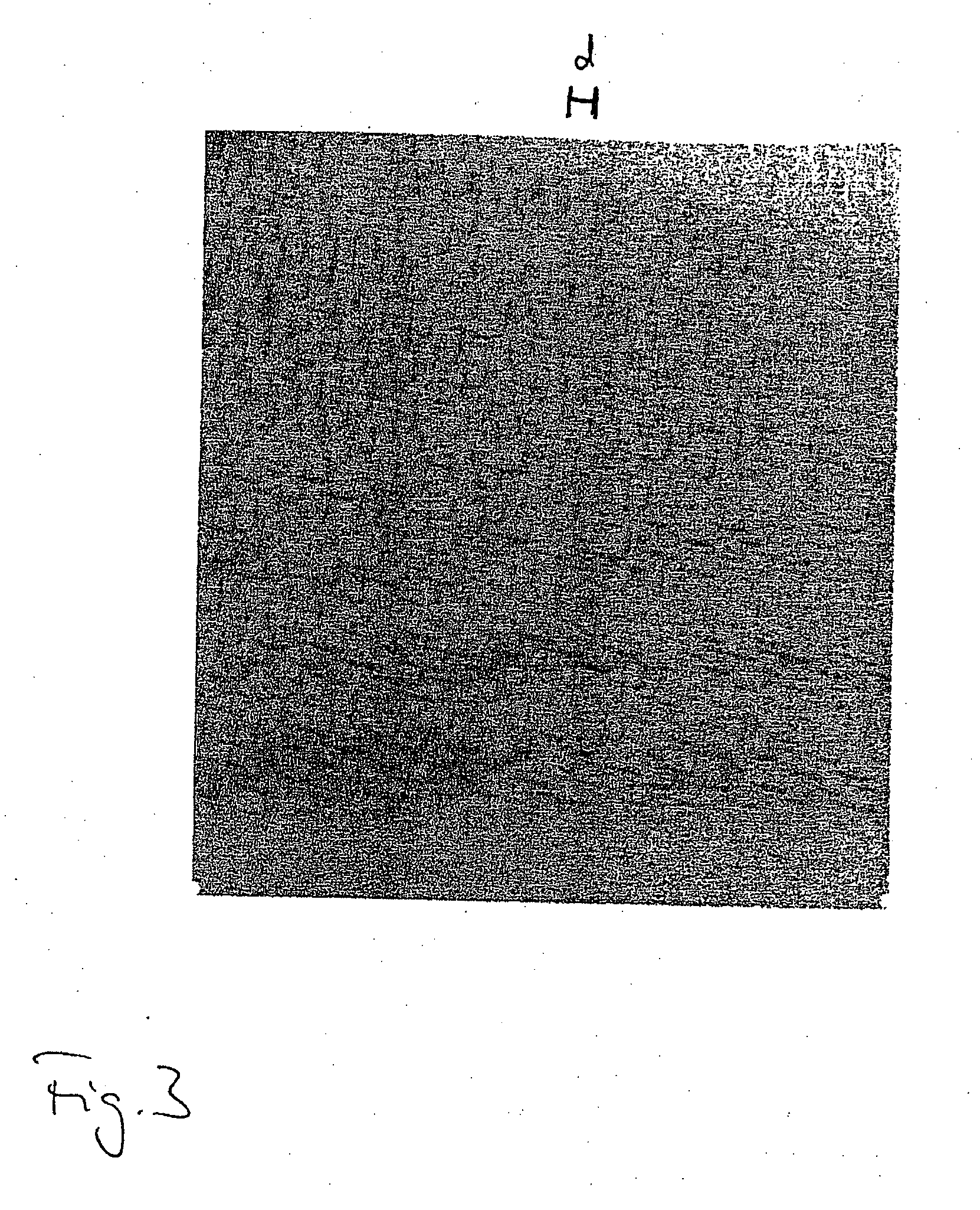Dislocation-based light emitter
a technology of dislocation and light emitting, which is applied in the direction of semiconductor lasers, semiconductor devices, electrical equipment, etc., can solve the problems of not being given any chance of use, not being integrated into silicon-based semiconductor technology, and complicated and expensive hybrid processes
- Summary
- Abstract
- Description
- Claims
- Application Information
AI Technical Summary
Benefits of technology
Problems solved by technology
Method used
Image
Examples
Embodiment Construction
[0053]FIG. 1 is a diagrammatic three-dimensional view showing two wafers 100 and 102 which are used for the production of the substrate of a light emitter according to the invention.
[0054]The wafer 100 is a (100)-silicon wafer into which hydrogen ions or helium ions are introduced by a hydrogen implantation step with a dose of between 1×1016−1×1017 cm−2. The implanted layer 104 extends over a depth of about 200 nm from the substrate surface.
[0055]The wafer 102 is also a (100)-silicon wafer. Unlike the wafer 100 however its two surfaces 106 and 108 are not parallel to each other but tilted relative to each other through a small angle θKIPP. That angle is referred to as the “tilt”. The axis about which the surface 108 is tilted relative to the surface 106 is parallel to the -direction and is indicated by a broken line 110. The angle θKIPP between an arrow 112 extending parallel to the surface 106 and an arrow 114 extending parallel to the surface 108 is shown for the sake of clarity. ...
PUM
 Login to View More
Login to View More Abstract
Description
Claims
Application Information
 Login to View More
Login to View More - R&D
- Intellectual Property
- Life Sciences
- Materials
- Tech Scout
- Unparalleled Data Quality
- Higher Quality Content
- 60% Fewer Hallucinations
Browse by: Latest US Patents, China's latest patents, Technical Efficacy Thesaurus, Application Domain, Technology Topic, Popular Technical Reports.
© 2025 PatSnap. All rights reserved.Legal|Privacy policy|Modern Slavery Act Transparency Statement|Sitemap|About US| Contact US: help@patsnap.com



